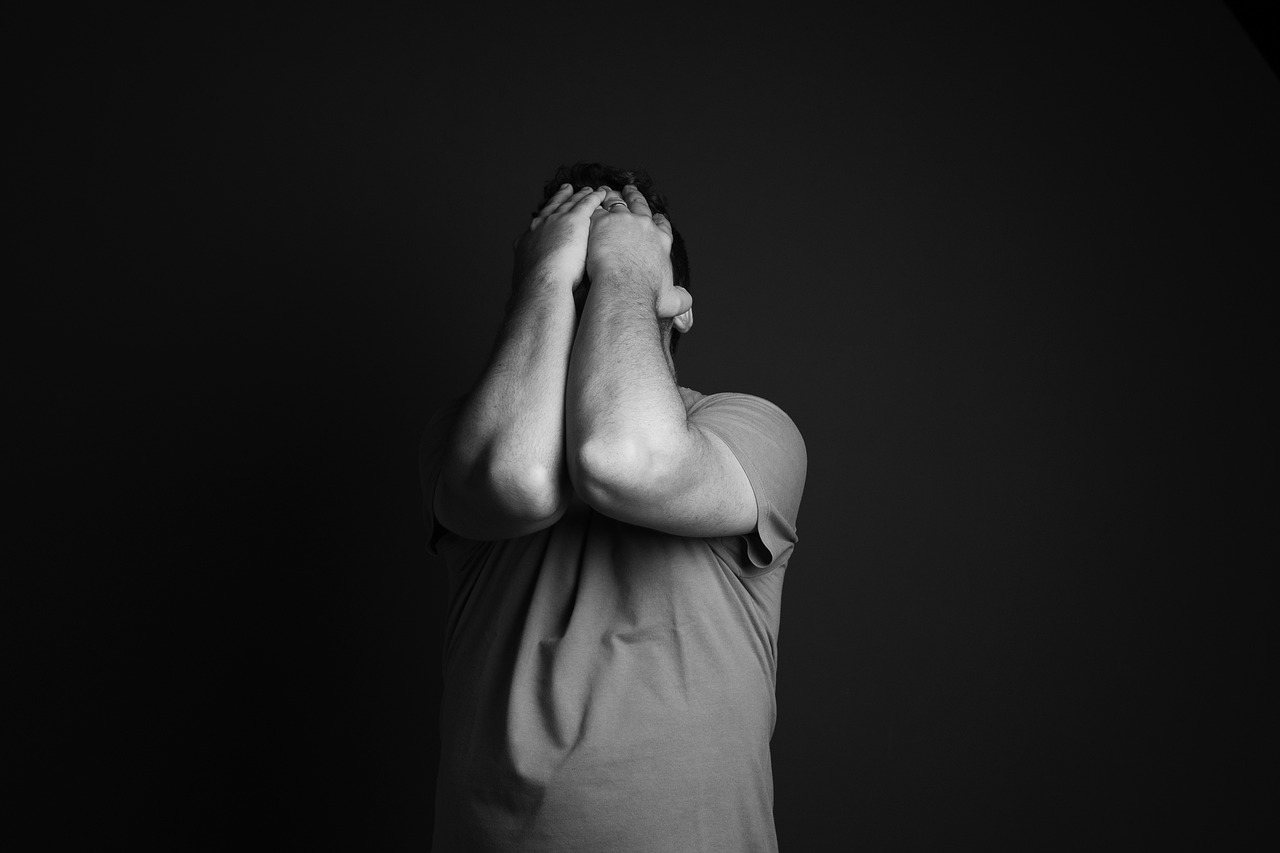In our daily lives, we occasionally experience brief episodes of nervousness, fear or anxiety, which are part of the normal human emotional response. However, when these emotions erupt in an extremely violent, uncontrollable manner with no apparent trigger, they may constitute what is medically known as a “panic attack”. This phenomenon can have a serious impact on the quality of life of the patient, and may even lead to social impairment and reduced quality of life. The aim of this article is to unravel the mystery of panic attacks and to help readers understand their underlying physiological mechanisms, typical symptoms, triggering factors, and effective coping and rehabilitation strategies.
I. Definition and physiologic mechanisms of panic attacks
A panic attack, also known as an acute anxiety attack, is a sudden state of intense panic that usually peaks within minutes and can last from several minutes to half an hour. Although during an attack, an individual may mistakenly believe that he or she is experiencing a heart attack, choking, or other serious medical condition, a panic attack is actually a manifestation of an overreaction to psychological stress.
Physiologically, panic attacks are primarily caused by over-activation of the brain’s “fight or flight” emergency system. When faced with a potential threat, the sympathetic nervous system quickly kicks in, releasing large amounts of stress hormones such as adrenaline and norepinephrine, leading to physiological responses such as increased heart rate, shortness of breath, increased sweating, and muscle tension. In a panic attack, however, this emergency response is mistakenly triggered, even though no actual danger exists.
II. Typical symptoms of panic attacks
Symptoms of panic attacks are varied and dramatic and include, but are not limited to:
- Palpitations or tachycardia: a feeling that the heart is pounding, sometimes accompanied by chest tightness or pain.
- Difficulty breathing: feeling unable to take deep breaths or gasping for air.
- Feelings of dizziness or loss of balance: may be accompanied by numbness, tingling or weakness in the arms and legs.
- Sweating, shivering, chills, or a feeling of heat.
- Stomach upset, nausea or diarrhea.
- Sense of loss of control or impending death.
- Fear of losing your mind or losing control.
- Hallucinations or hearing abnormalities (such as ringing in the ears).
III. Triggers of panic attacks
Although panic attacks may occur seemingly without warning, a number of factors may increase the likelihood of their occurrence, including:
- Highly stressful life events: e.g., work stress, relationship conflicts, death of a loved one, etc.
- Specific situations or triggers: e.g., enclosed spaces, crowded places, high-speed driving, etc.
- Physiological factors: e.g., lack of sleep, overexertion, certain drugs or substance abuse.
- Psychological factors: e.g. excessive worry, perfectionist tendencies, oversensitivity to physical sensations, etc.
- Genetic factors: Some studies have shown that panic disorder has a certain family aggregation.
IV. Coping and rehabilitation strategies
When faced with a panic attack, individuals can adopt the following strategies for effective coping and recovery:
Cognitive Behavioral Therapy (CBT): With the help of a professional counselor, learn to identify and challenge irrational thinking patterns that trigger panic, and gradually face and adapt to situations that have triggered panic through exposure therapy, so as to reduce its interference in life.
Relaxation training: such as deep breathing exercises, progressive muscle relaxation, meditation, yoga, etc., can help reduce daily tension levels and enhance the ability to cope with panic.
Medication: The use of anti-anxiety medications (e.g., benzodiazepines, SSRI antidepressants, etc.) can be effective in reducing the frequency and intensity of panic attacks under medical supervision.
Lifestyle adjustments: Maintaining a regular routine, balanced diet, moderate exercise and avoiding caffeine and other stimulants can help stabilize mood and improve sleep quality.
Social support: Sharing feelings with family members, friends or support groups for understanding and encouragement can help alleviate feelings of loneliness and enhance confidence in coping with difficult situations.
Conclusion
Although frightening and challenging, panic attacks can be understood and treated. By understanding the physiological mechanisms behind them, recognizing the symptoms, exploring the triggering factors, and taking active steps to treat them, one can acquire the skills to cope with panic attacks and gradually regain a sense of calmness and control in one’s life. If you experience frequent or severe panic attacks, it is advisable to seek support and guidance from professional mental health services in a timely manner.



